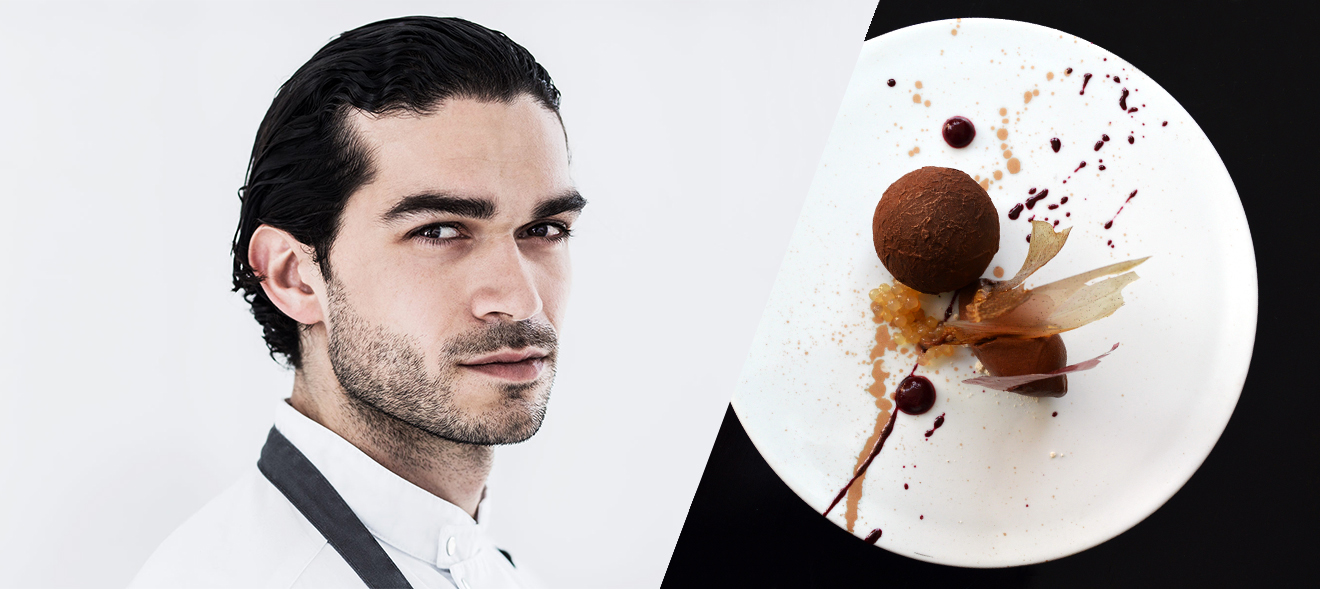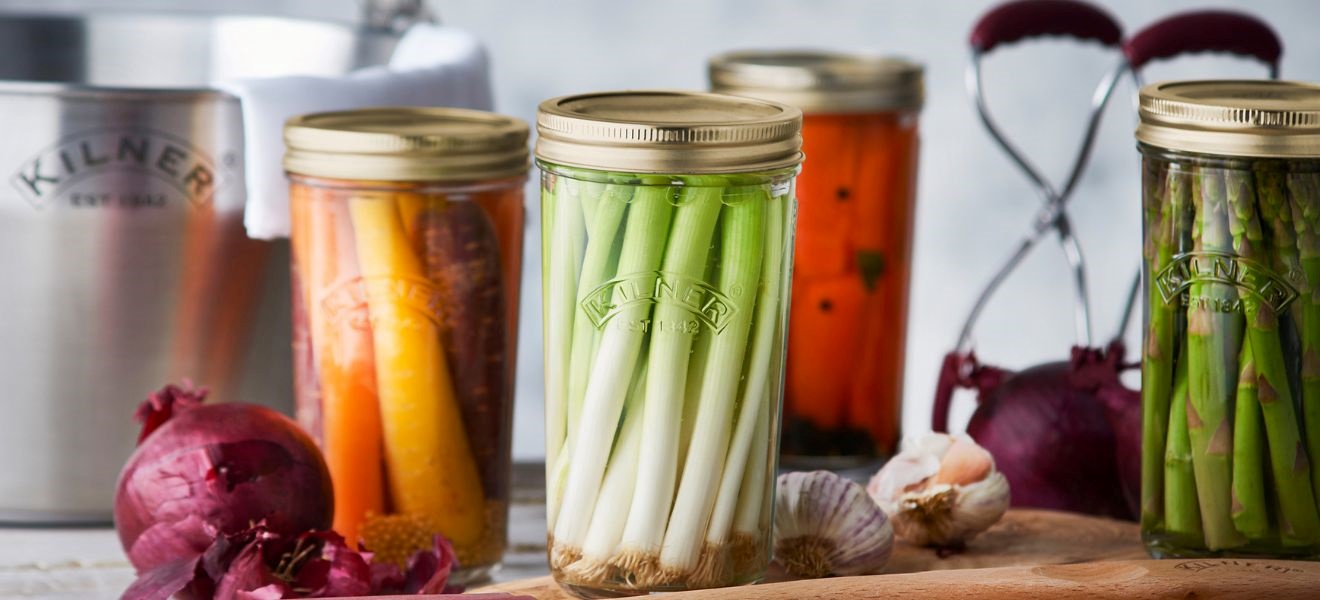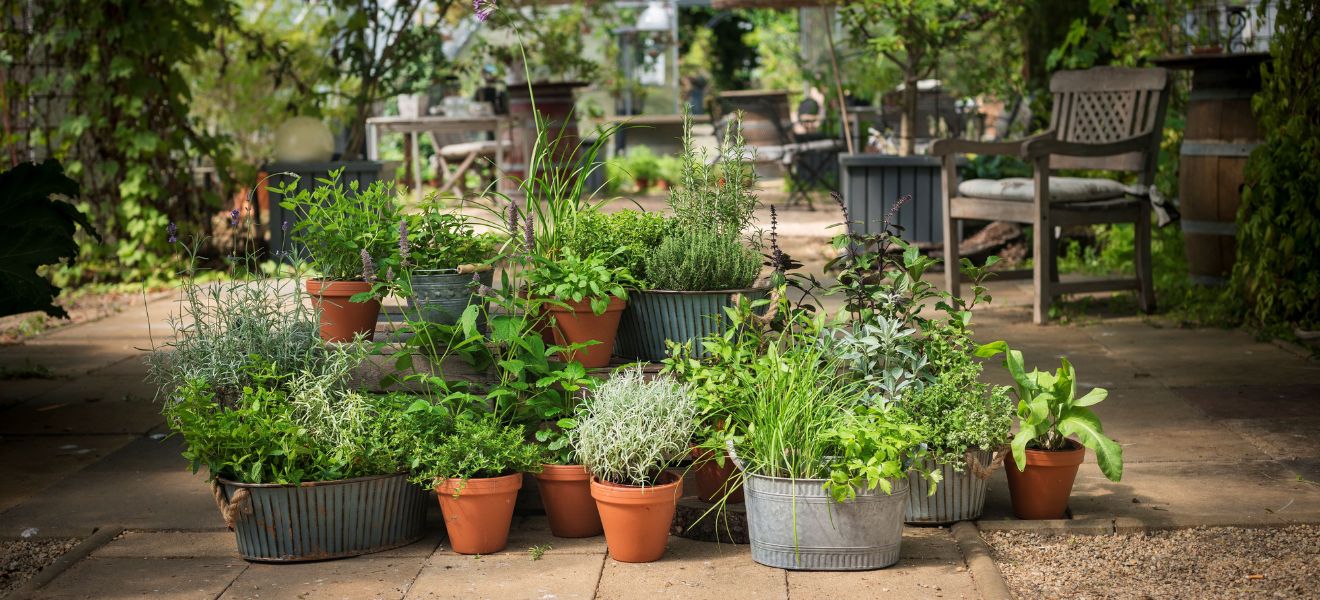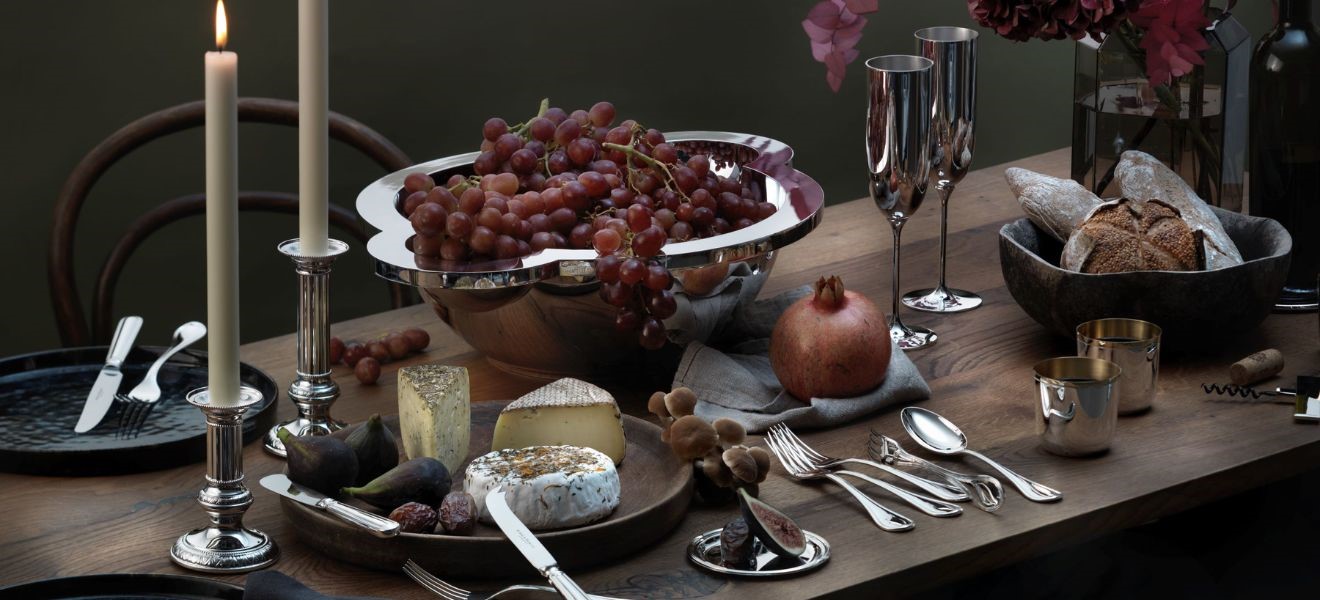You eat with your brain! Jozef Youssef is a celebrity chef who established the unconventional London food lab and think tank “Kitchen Theory”. He believes that, to achieve good taste, a menu must speak to all our senses. He has studied the science of flavour perception and contributed to findings in the field of gastrophysics – which may also interest product designers. What should a plate look like to provide the optimal taste experience? In this interview, we ask taste hunter Jozef about his edible experiments at the design studio-cum-restaurant Chef’s Table, and about people’s fear of eating broken glass.
Can you spice up your food with sound effects? How do colours and the shape of your plate influence your expectations? At his experimental North London restaurant Chef’s Table, food expert Jozef Youssef has made some exciting discoveries in the field of gastrophysics. Diners here set out on a 10-course journey through a full menu of curated, multisensory taste sensations.

Mr Youssef, it looks like you see experimental dining as a way of unsettling people. For instance, you ask diners to taste sugar ‘glass’ shards which look deceptively real.
“Edible glass is one thing. But the main thing for us is challenging people through multisensory dining. We don’t want to scare them – although they might feel a little uneasy at times. For example, when they eat jellyfish. In Japan and China this is a popular food, but in the West we associate jellyfish with the poison which some species contain, and reject all of them as food. Jellyfish taste great, and anyone who has tried it at our place is taken by the taste.
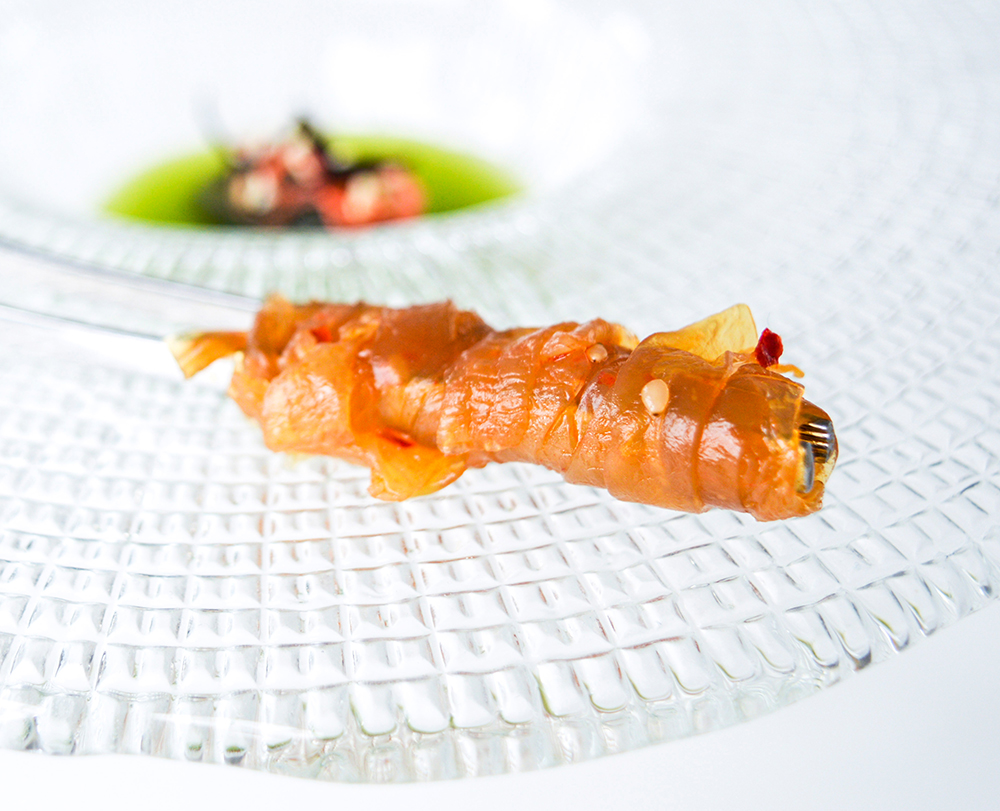
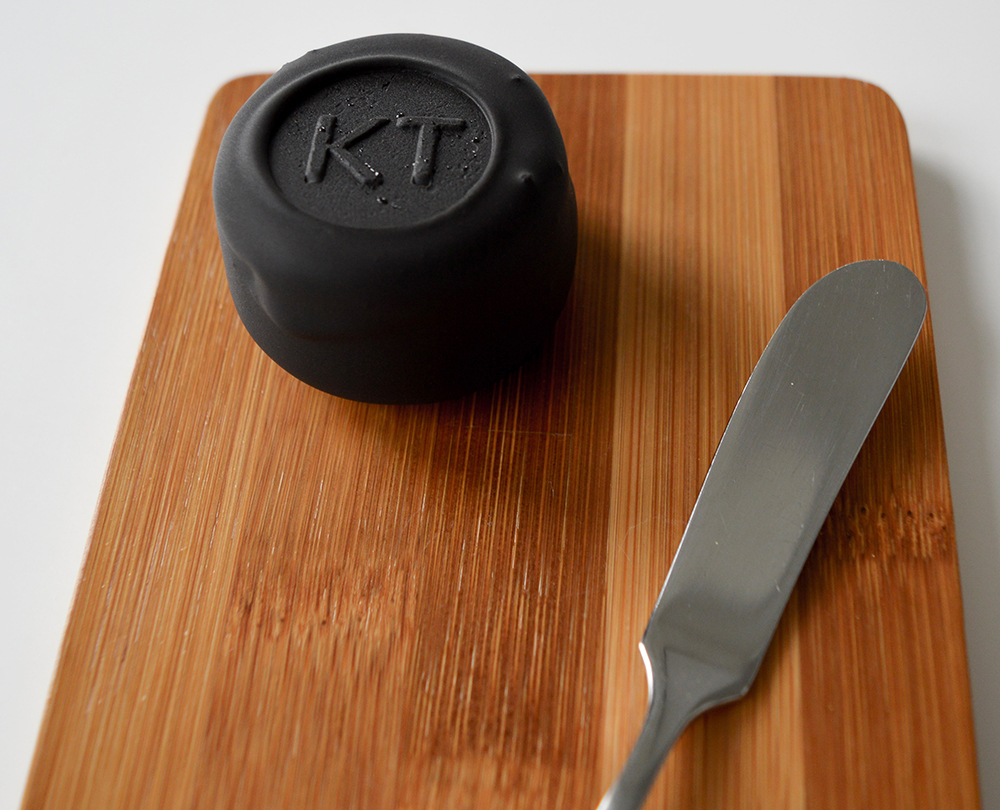
So what has experimental dining achieved here? People have learned to overcome their prejudices, or at least to get over some hangups, despite some initial unease. That moment of uncertainty is just part of the experience. For it to be a success, we need to create the right conditions. If a simple bistro served its diners lobster bisque in a shoe, they’d find it pretty grim – but it can certainly work at a creative fine dining restaurant.”
I’ve heard that gastrophysics sets great store by manipulating taste through background music and caramel spray. Is that true?
“The fact is that very loud music in restaurants has a negative impact on our taste sensations. You get that often in London restaurants at the moment, and I don’t think it’s a positive development. If there’s an artificial caramel scent in the air, then ice creams and puddings taste sweeter. We’re trying to find out, through experiments, what influences taste. For example, it’s fascinating that when people are touching velvet or silk, they find the taste of whisky mellower. However, if they’re touching sandpaper, which is rough, the whisky tastes more fiery and alcoholic. There’s nothing physical happening here, it’s just the effect of the associations we have with silk and sandpaper.”

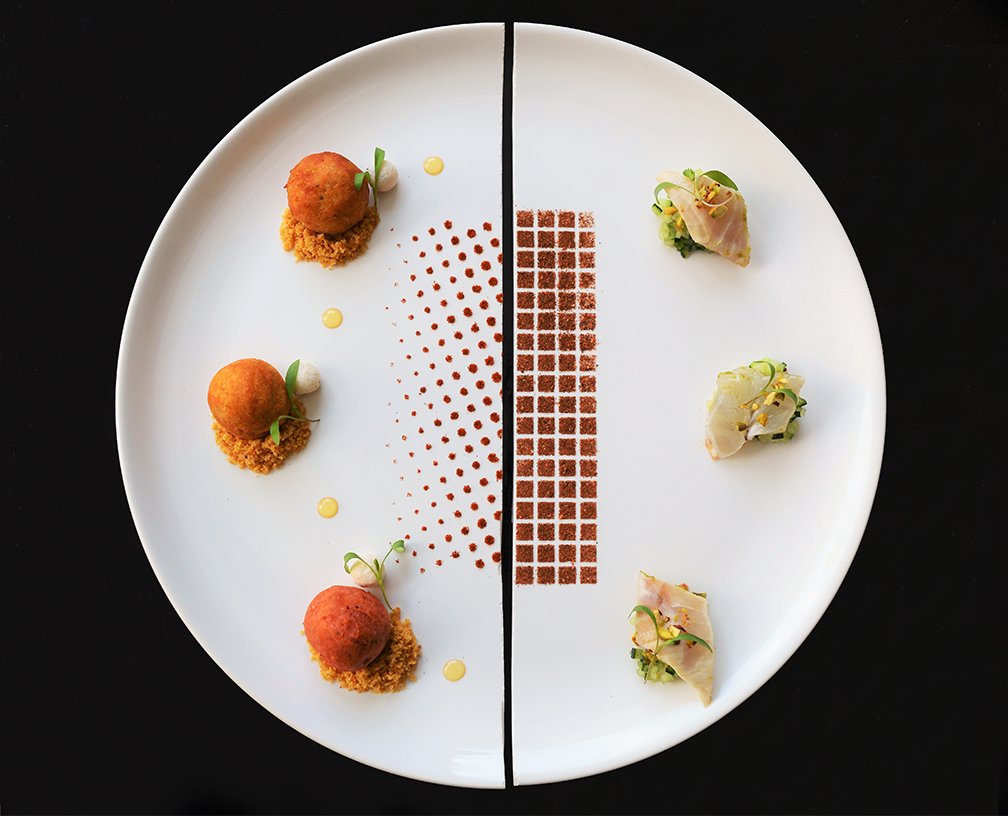
How can a glass emphasise or change the taste of a drink?
“There are lots of well-known studies on this subject. Wine drunk from a paper cup or cheap pressed glass is perceived differently to wine drunk from a very high-quality glass. The same wine or whisky can taste different in glasses that are all of excellent quality, but differently shaped. This has partly to do with their weight or shape. The colour of light can also change the way things taste. Rosé wine drunk from a black glass is difficult to identify as such by taste, because the visual aspect is usually a key aspect of our perception. It is often said that the heavier the glass, the more money people are prepared to pay for the drink. But that is too simple, it doesn’t work like that. Instead, it is the complex interplay of many sensory stimuli which locate a taste experience for us. Our brains react to these impulses and call to mind things we associate with them, including memories.”


Alongside William Welch and other designers, you are making crockery intended to impact positively on enjoyment of food.
“This project uses the results of a study which asked to what extent the quality and design of crockery can improve food, or how food can be made more appetising and apparently better quality. There hadn’t been any previous research into this area of gastrophysics. I will be presenting this exciting study at Ambiente, which also involved experimental psychologist Professor Charles Spence from Oxford University.”

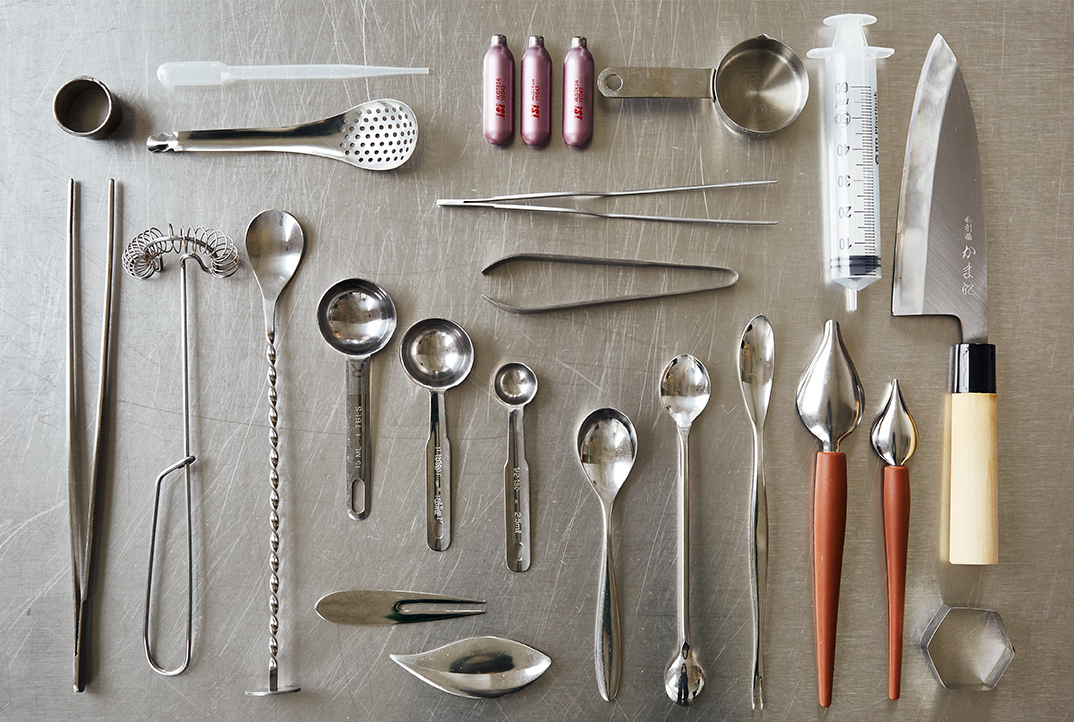
Could you explain to us your main findings?
“Our experiments have shown that all five senses are involved in eating: culinary pleasure is created in our minds. In addition to the actual food itself, suitable lighting, projections, colours, sounds, aromas and textures all add to the dining experience. The aim of ‘Kitchen Theory’ is not to invent or create new things, but rather to rediscover things which have always been there deep within us, and so direct our sensory impressions in many different ways. We want to underpin this with science. Strictly speaking, our ‘Chef’s Table’ is not a restaurant but a multisensory gastronomic experience.
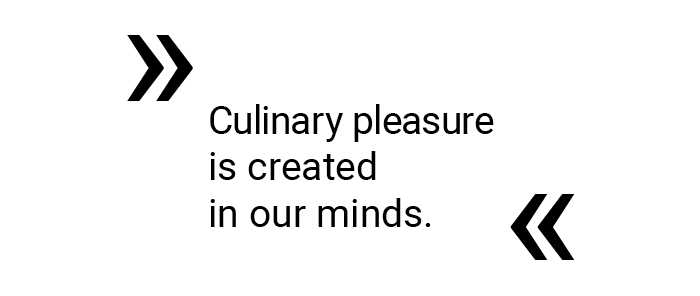
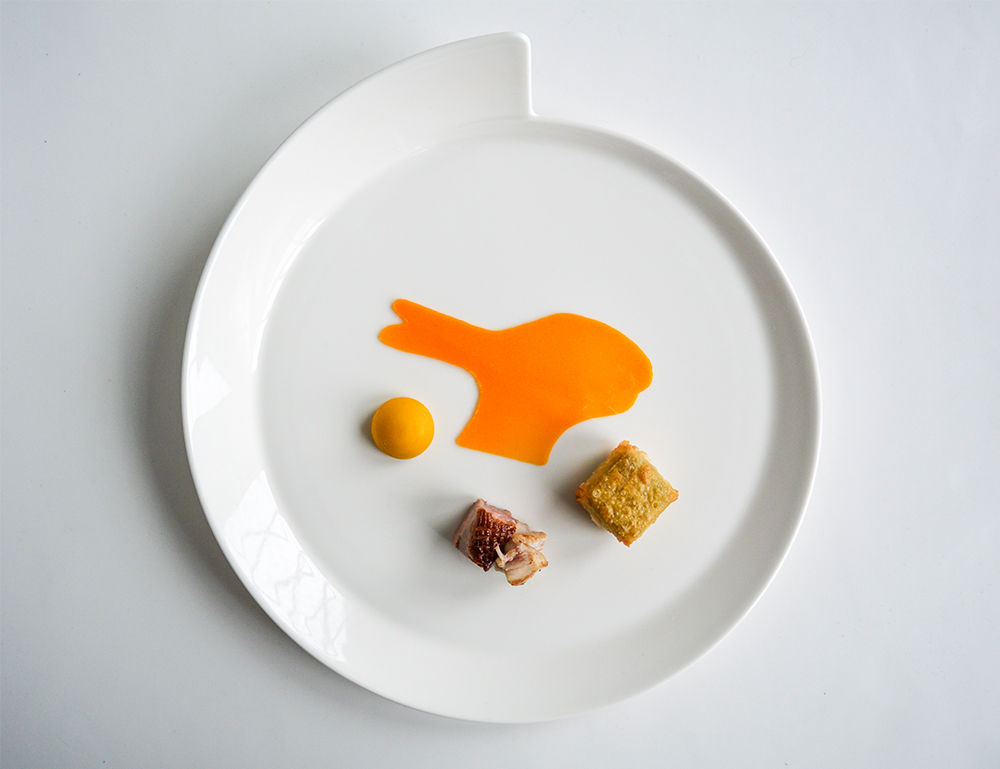
There isn’t a dress code: diners should just wear clothing they feel good in. And what is more, I have learnt over the past ten years that there are no two people on this planet who experience taste in the same way in terms of physical, psychological and sensory perceptions. Cultural background plays a role here. In the West, the colour red is associated with sweetness, and green with sour tastes. In Mexico, red is sour – because of the country’s popular dish, salsa. In Asia, people associate black with salt, due to the colour of soy sauce. I could go on.”


Are there traps which restaurants could fall into?
“Yes, in fact many fail because they go for cheap crockery. Or their food becomes too experimental. Even if they opt for fine dining, guests want to eat a proper meal, however much they want to experiment. It’s also a question of where you eat. Perhaps a cocktail in a jam jar will work in a trendy Berlin bar, but it won’t be well received at a three Michelin-star restaurant in Paris or in a luxury hotel. People who go to these places don’t want to be too cutting-edge. Equally, it would not be the done thing to serve food on paper plates there. Essentially, it’s all about what’s appropriate. These days, it’s widely accepted that food can be an art form. When my grandmother was young, an artistic food culture was seen as excessive, downright immoral. It was reserved for royals and the nobility: think large sugar figurines or elaborate silver centrepieces on which dishes were presented like treasures.
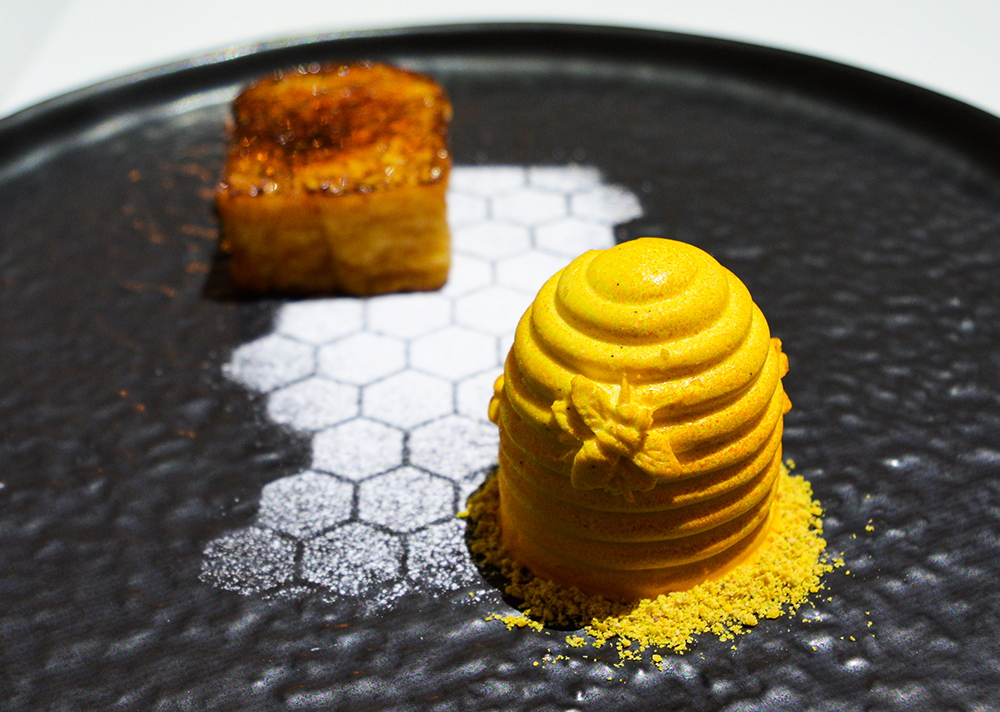

One big mistake which some people make with fine dining is to focus on individual elements and not look at the overall composition. Many restaurants draw inspiration from our studies, but use the suggestions in isolation – and this does not normally work. For example, if you serve a mushroom dish on a wooden plate with the intention that the food will ‘taste’ more of the forest, that’s too simplistic. Instead, we will use a projection of forest, a scent of damp earth in the room, green light and a soundtrack including birdsong and the sound of the wind. These elements all work together and evoke memories. We all recognise the smell of the earth after a refreshing shower of rain, how wonderful and nostalgic it is. That makes it an emotional, sensory story.”
When did you last experience a taste sensation in a restaurant (outside London), and which hotels do you visit to relax when you’re off duty?
“It was in the Disfrutar Barcelona. That was a real discovery. The cuisine is spectacular, they do really unbelievable things there. I get a good holiday feeling at The St. Regis Osaka and at the skyscraper hotel, Lebua at State Tower, in Bangkok.”

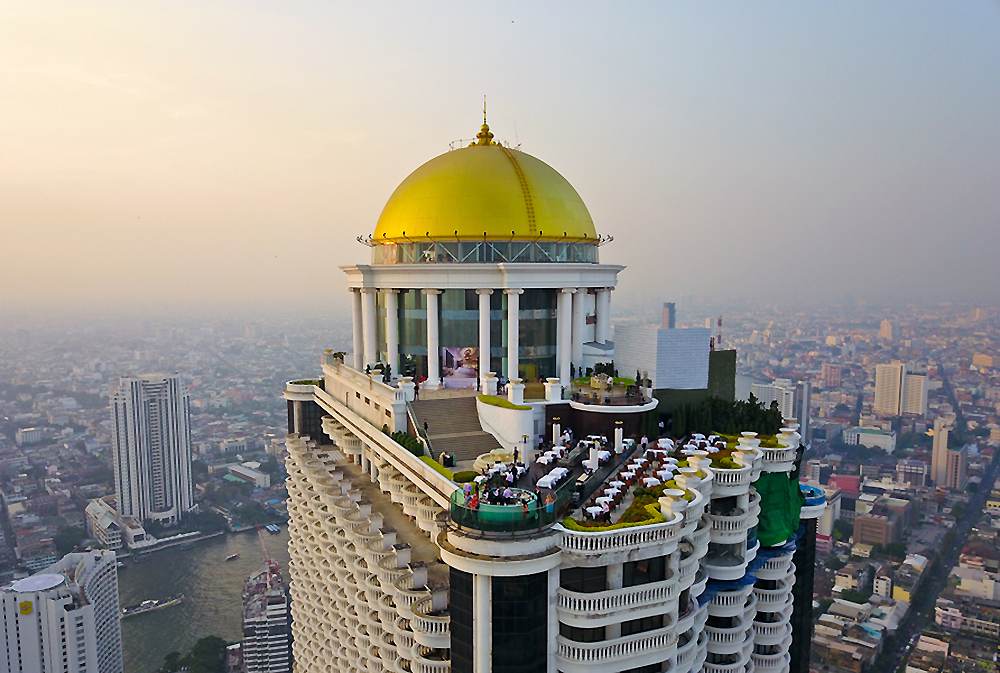
And finally, let’s take a look into the future. What will people think of our favourite tastes and eating habits in 50 or 100 years’ time?
“People will only eat lab-grown meat, so they will see this as a barbaric period: ‘They ate animals?’ Our descendants will be outraged at the aggressive way we factory-farm. In future, food will be tailor-made and optimised according to age, health and circumstances – a sort of medical food. But I do like eating meat, by the way.”
